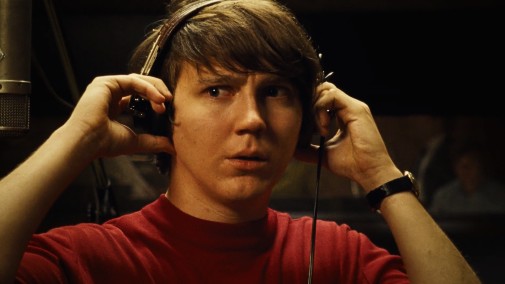
Paul Dano's film career has been awards-adjacent since the very beginning. At seventeen, he won the Best Debut Performance Spirit Award for his work in L.I.E. Five years later, he was one of the stars of Little Miss Sunshine, the first of three Best Picture Oscar nominees in the actor's filmography. Still, though the Academy regularly loves Dano's movies, they have never shown any affection for Dano himself. That might change this year with The Fabelmans, where the actor portrays a fictionalized version of Steven Spielberg's dad in what's bound to be one of the season's biggest award magnets.
To celebrate the actor's achievements and potential first Oscar nomination, let's look back to the last time Dano was on the Academy's radar. In 2015, he almost category frauded his way to a Supporting Actor nomination for his work as Brian Wilson in Bill Pohlad's Love & Mercy…
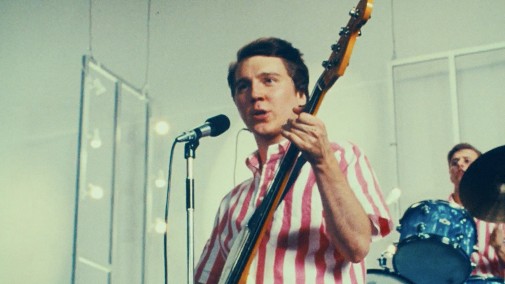
As a general rule, biopics are where creativity goes to die. In biopics of musicians, the despondency is doubled, for the formulaic nature of these projects tends to pit them into the deepest depths of Hollywood mediocrity. Once in a while, though, there comes the exception that proves the rule. Some nifty piece of portraiture through filmmaking manages to impress despite everything stacked against it. Such is the case of Love & Mercy, a fractured purview of Brian Wilson's life in which Paul Dano and John Cusack embody the artist in interwoven timelines.
In practical terms, the later 1980s-set part is where the brunt of the story unfolds, carrying the onus of shaping the movie beyond aimless observation. Nevertheless, the earlier 1960s scenes add necessary context and serve as the most direct confrontation with biopic conventions. If Cusack gets to play romance as the path toward salvation, Dano is tasked with embodying the character at both the height of his fame and at a breaking point. More specifically, the actor details the period when Wilson guided The Beach Boys through the conception and recording of Pet Sounds, the miracle of "Good Vibrations," and the disastrous Smile album.
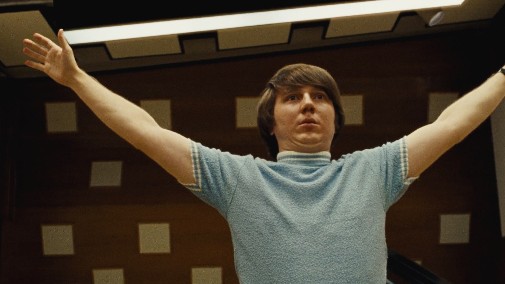
We see him go from a mad genius at the peak of power to an artistic prodigy on the losing side of a battle with mental health issues. The role's one heck of a challenge, especially as Love & Mercy tries to go deeper than most movies of its ilk. Part of that comes from how neither Dano nor Cusack seem primarily concerned with connecting their intercutting takes on the same character, making for a complex collage in which a man's turmoiled soul emerges from the clash of two distinct interpretations. The ping-ponging chronology reinforces that idea, but it's important to note how Dano avoids defining his version of Wilson as a prelude leading to the movie's vision of his older self.
Pohlad forbade his two leads from meeting or discussing their approaches, sharpening discrepancies rather than smoothing them over. More than anything, this helps drive home the traumatic extent of the years we never see, the decade or so that saw Dano's Wilson turn into Cusack's. It also pulls the audience in, forcing the viewer to enter into a conversation with the film, fill the gaps with their own imagination, and make individual conclusions drawn from two performances brimming with pointedly dissimilar specificities. That's apparent from the start and each actor's introduction.
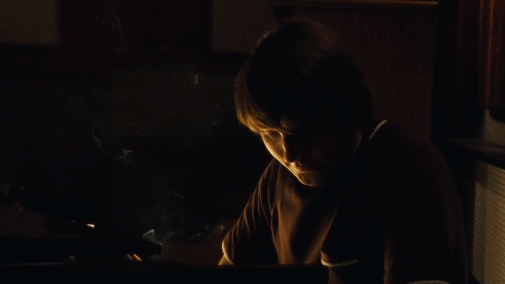
Cusack lies in bed, despairing over sonic memory, while we first meet Dano as a composer struggling through creative work. Dramatizing the artistic process will soon emerge as the central tenet of young Brian's characterization, whether it's an easy thing to get through or a tortuous struggle to endure. One must note that this is no easy task. Many great actors fail when made to act another person's genius, often falling into clichéd solutions that ring hollow even as they strive for self-important pathos. Dano soars above such facile mistakes, projecting intelligence aplenty and a touch of introspective mystery, eyes often lost in concentration or ecstasy, face aflame with expression or sometimes devoid of it entirely.
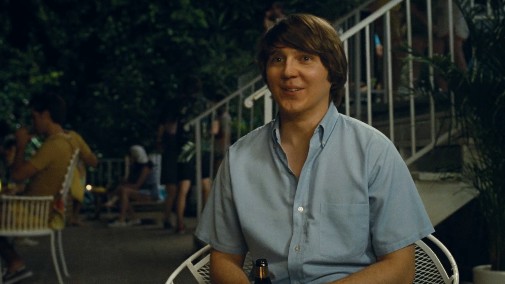
Often, it almost seems as if Wilson’s trying to translate an idea that makes sense in his head but sounds insane when verbalized, the conundrums of wanting to be understood. Eagerness and frustration mix, bleeding into each other. His work externalizes a deeply internal reality while refusing to flatten its complexities, making them easy to digest or necessarily appealing. Sure, you fall in love with the character as you see him reenact successes of yore or discuss music like a gleeful geek. However, there's darkness too. Watching Brian Wilson live bouts of nearly-manic inspiration can be alienating, abrasive, even ugly.
Similarly, more depressive episodes don't feel compromised for the benefit of the camera's gaze or to gain the audience's easy sympathy. There can be an incredible softness to his portrayal, charming goofiness holding hands with less flattering facets. It's not incongruous, mind you – it's musical. As Wilson starts to succumb to the burden of his sensorial hauntings, the performance incorporates music-adjacent concepts, from how Dano uses his body to break a scene's rhythmic structures to his varying tempos when delivering dialogue.
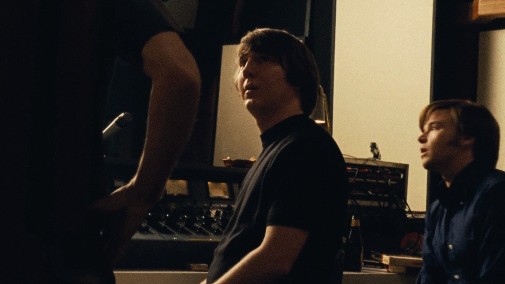
Due to their repetitive nature within the film, familial and professional interactions are a good barometer to trace these evolutions, like note scales and pitch changes to the same melody. Compare an early recording scene to a more fraught one later on. Juxtapose the delicate negotiations between brothers at the start to their open hostility as relationships crumble, cacophony overcoming harmony. Dano never lets the character's suffering obfuscate his latent personhood, repudiating pitiful readings with the same forcefulness with which he contradicts surface-level mimicry.
So superlative is his performance that the film could have done without its mechanisms of subjectivity, even the sound design. We'd still be able to perceive the nitty gritty of his turmoil, hypersensitivity to noise included. As a portraitist works, the thespian works from the inside out. He's deep within a game of discovery, inviting us along for the ride – a mission to find who Brian Wilson is, was, will forever be. And yet, it'd be fair to say Dano delivers the least exciting performance from Love & Mercy's central trio. That's not a dig at his work, just an acknowledgment of the cast's excellence, the movie's overall strength.
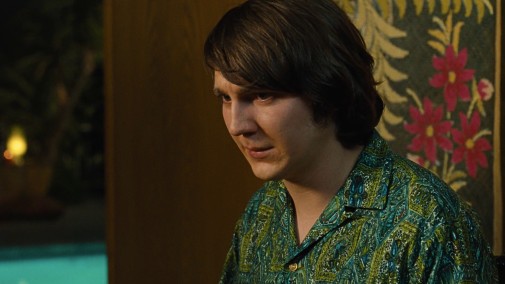
In the 2015 awards season, Paul Dano got recognition across different categorizations, which, in the end, might have hindered his Oscar chances. Regarding critics' groups, his biggest wins were as a lead performer. He won Best Actor prizes from Gotham, the Boston Society of Film Critics, the Florida Film Critics Circle, the New York Film Critics Online, and the San Francisco Film Critics Circle. Regarding major precursors, however, Dano's categorization leaned toward the Supporting Actor category. He was nominated for the Golden Globe, the Critics' Choice Award the Film Independent Spirit Award, among others.
Despite all these honors, AMPAS chose, once again, to ignore Paul Dano. The Best Actor lineup comprised Bryan Cranston in Trumbo, Matt Damon in The Martian, Leonardo DiCaprio in The Revenant, Michael Fassbender in Steve Jobs, and Eddie Redmayne in The Danish Girl. In the Best Supporting Actor race, the Academy's chosen five were Christian Bale in The Big Short, Tom Hardy in The Revenant, Mark Ruffalo in Spotlight, Mark Rylance in Bridge of Spies, and Sylvester Stallone in Creed. DiCaprio and Rylance were the winners from these lackluster lineups. As far as I'm concerned, Paul Dano outperforms most of the actual nominees in both categories.
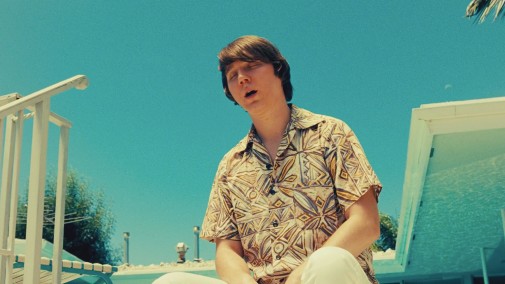
Love & Mercy is streaming on HBO Max. You can also rent or buy it on the usual platforms.